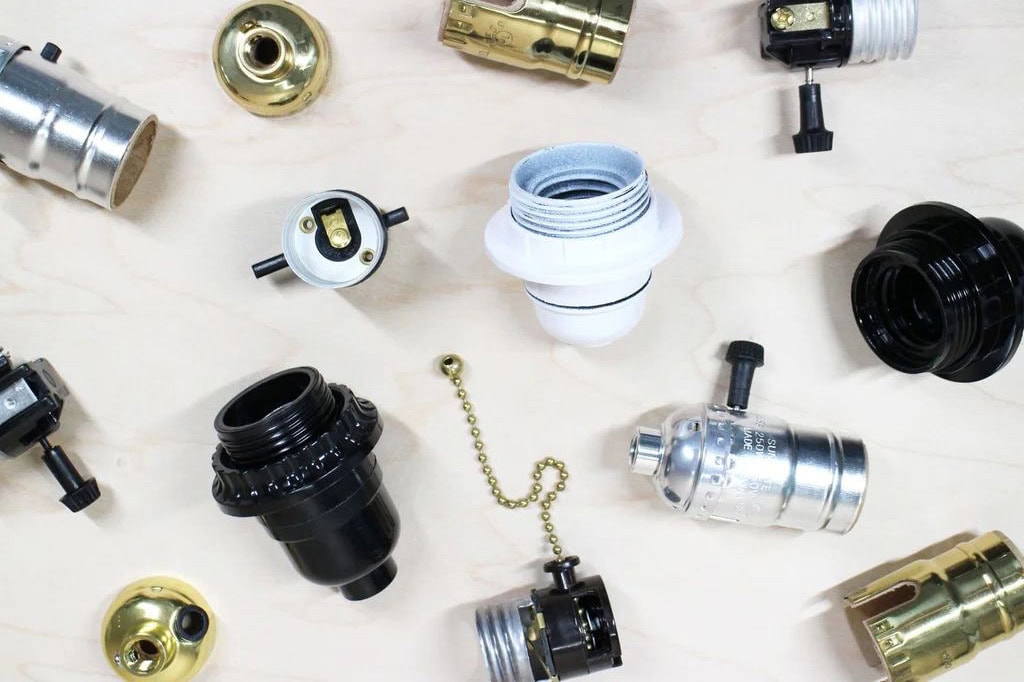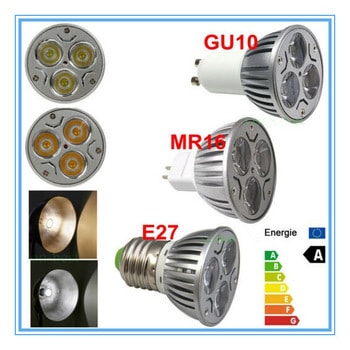Can you put a non-dimmable bulb in a dimmable light socket? It’s a question a lot of people have, especially when trying to come up with creative or cost-effective lighting solutions. The answer isn’t as cut and dry as you might think, and there are technical and safety considerations to think about that can affect your home’s electrical system and your experience.
To understand why this is such a big deal, you need to know the difference between a dimmable and non-dimmable bulb and what makes a dimmable socket special. Dimmable bulbs are designed to work with dimmer switches so that you can change the brightness level and set the perfect mood. They have some special stuff inside them that allows them to make more or less light depending on the setting on the dimmer switch. Non-dimmable bulbs don’t have that special stuff and are designed to make light at only one level, which is full blast. A dimmable socket is built to allow the gradual change in voltage required to smoothly dim dimmable bulbs.

Technically, you can insert a non-dimmable bulb into a dimmable socket, but whether you should do it is another question. While a non-dimmable bulb may fit in the socket and work when the dimmer switch is set to maximum brightness, using a non-dimmable bulb in this way can lead to several issues. The biggest problem is that the bulb might not behave predictably. For instance, when you try to reduce the brightness, the bulb might start to flicker or turn off entirely. These irregular behaviors occur because the non-dimmable bulb cannot properly regulate the change in voltage that the dimmable socket provides.
Another key risk of using non-dimmable bulbs in dimmable sockets is the potential for electrical faults. Non-dimmable bulbs are not designed to handle fluctuating power levels. Trying to use them with a dimmer switch can lead to overheating, which could damage both the bulb and the dimmer. This overheating might also create a fire hazard if the bulb gets too hot, especially if the fixture lacks sufficient ventilation. Furthermore, frequent flickering or incorrect use can shorten the lifespan of both the bulb and the dimmer switch, meaning you might have to replace them sooner than expected.
When it comes to performance, using a non-dimmable bulb in a dimmable socket results in a less-than-ideal lighting experience. Instead of being able to adjust the ambiance of your space smoothly, you may encounter frustrating problems like inconsistent light output or buzzing sounds. These inconveniences can lead to an unsatisfactory experience, making it challenging to achieve the desired lighting level. Even if you leave the dimmer at full power, some non-dimmable bulbs might still react unpredictably, causing more trouble than they are worth.

The safest and most effective approach is to always match the bulb type with the socket’s capabilities. If you have a dimmable socket, use a dimmable bulb. This ensures that you can enjoy the benefits of a dimmable light fixture—customizable brightness, energy efficiency, and extended bulb life—without any risk. It’s essential to select a bulb with a compatible wattage to avoid overloading the circuit or causing damage. If you find that you do not need the dimming feature, consider replacing the dimmable socket with a standard one or simply using dimmable bulbs, which can still work effectively at full brightness without needing to be dimmed.
There are alternative solutions if you do not want to purchase new dimmable bulbs for your existing dimmable sockets. One option is to use standard sockets without a dimmer switch, ensuring compatibility with non-dimmable bulbs. Alternatively, if you wish to maintain the flexibility that dimmable sockets provide, investing in dimmable LED or incandescent bulbs will allow you to continue adjusting the light level without compromising safety or quality.
People often have questions about whether they can use non-dimmable bulbs without issues. One common query is whether leaving the dimmer switch at full power would avoid problems. Unfortunately, even at full power, a dimmable socket can still cause non-dimmable bulbs to behave unpredictably. To identify if a bulb is dimmable, check the packaging or look for symbols indicating compatibility. Usually, dimmable bulbs are clearly marked, and using them with dimmable sockets will ensure the smoothest operation. It is important to pay attention to these indicators to avoid making mistakes that could cost you time, money, or even cause damage.

Final Words:
You can put a non-dimmable bulb in a dimmable socket, but you shouldn’t because it’s not safe, it won’t work well, and you could break things. Make sure you have the right kind of bulb for the right kind of lamp socket, and you will be happy with your lighting, and you won’t have to worry about it.













